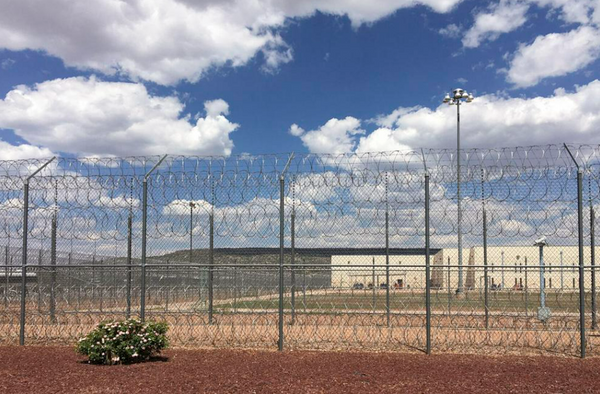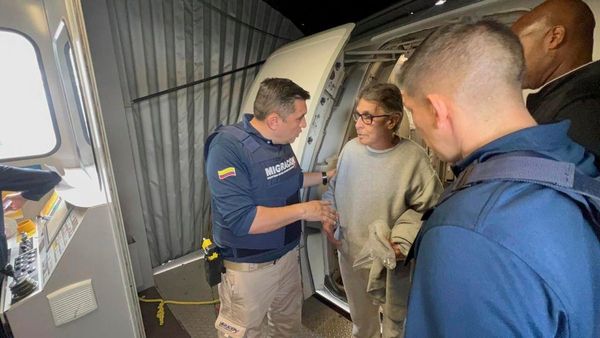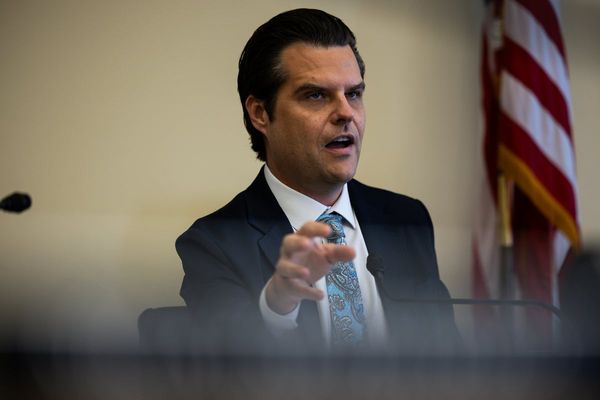
It might seem counterintuitive, but during the most dramatic moments of the Wieambilla inquest, the sounds in the room actually get louder.
The furious thrashing of journalists’ fingers on keyboards fills your ears at the same time as you feel everyone holding their breath and leaning just an inch or two forward in their seats.
I didn’t expect that, but I’ve also never sat in on an inquest before. When I heard that a date had been set for the probe into the deaths of six people on a remote property on December 12, 2022, I practically begged my editors to send me. I’d done some coverage of the attack when it happened, coming at the story through the lens of the digital footprints the trio left, which gave early insight into the motivations and mindsets of the people who committed what police have since declared a Christian terrorist attack. The story, to me, represents a horrifying realisation of our worst fears about where conspiratorial thinking can lead.
Crikey isn’t a media behemoth. We don’t have staff in every city, nor the budget to fly around to cover anything that might be of interest. Our small size and limited resources mean we need to pick our battles and be clever about how we fight them. Thankfully, my editors saw our audience’s keen interest in this twisted, tragic story and were able to find a way to send me in person, even for just a few days.
It’s hard to explain but easy to understand why attending in person matters so much. It’s possible to livestream court cases like the inquest remotely, but so much of the texture that defines these events is lost in the process. As it becomes easier to log in, email and call rather than attend things, the best way to serve our audience is to actually go out and see and feel what happens outside of a screen. And, fairly unique to Crikey in Australia’s media landscape, we have the scope and style of writing that allows us to peel back the curtain and reveal how these enormous, consequential events happen.
Even for someone who’s attended court a handful of times, the procedures and rhythms still feel somewhat arcane. Even finding out information about court prior is a challenge. COVID-19 and an honest desire for open justice mean courts are using technology to make them more accessible, but it’s still far, far from intuitive.
The energy outside of court is quite chipper, even when it’s something as serious as an inquest into a mass shooting. For the barristers, solicitors, court staff, parties involved and even the families and friends of victims, this is something they’ve lived with for a long time. At some point, spending a large portion of your life thinking about — or reliving — the most horrific event transmutes it into something mundane.
Every court is like its own little kingdom. One of the reasons the legal system remains so opaque is each state has its own complex maze of different courts with individual websites, rules and contacts. Decisions about the administration of each case are, of course, made by the presiding justice, which are then administered by court staff. If you aren’t in the right place at the right time to hear a decision made, finding out about what’s happening can feel like a medieval serf waiting to hear of the decrees of a far-flung regent.
Journalists whisper outside of courtrooms and in lulls during proceedings about what they’ve heard from the court. There’s sometimes a note of speculation in these conversations — on topics such as how a justice will make a decision or the strategy of the lawyers involved. “Well, she won’t be happy with the way those questions went,” I overheard one journalist say about a witness.
In a naturally competitive industry, there’s generally a warm collegiality between court reporters. They share notes and double-check quotes with each other. The adversity of the conditions brings us all together. It’s not just that you might miss a killer quote or crucial detail if you daze off at the wrong time, but the looming threat of reporting something that would derail a case or place you in contempt hangs over everything you do. No journalist wants to be the story, or at least that kind of story.
Court staff are your guide through this confusing system. The inquest is open to the public, but the all-important information about the schedule of proceedings, access to evidence cleared for release to the media by the coroner, details of non-publication orders and other requests all go through the court staff. For people who have to deal with a lot of pushy journalists inundating them with questions and requests, they are exceedingly helpful and quite powerful.
Much of the work of reporting is about taking an idea or tip and turning it into a substantiated and engaging report. It’s about wrangling sources and scouring for documentation that can back something up. Court reporters have the opposite problem. There’s so much material, literally on the record, that a journalist’s value is in how they can narrow it down to tell a story.
In the Wieambilla inquest, many of the reporters recorded the audio of the proceedings — a privilege not granted to the public — to upload to transcription services. At the same time, they maniacally manually transcribe what’s happening on their laptops, just in case. Internally, and externally during breaks, each journalist is constantly pre-writing, and rewriting, their report in their head: is this story? Or is it this bit? This witness is appearing later — maybe they’ll be my way into it.
As a reporter filling a daily dispatch that comes out at an unusual time, I had to get creative. The first day of the inquest was delayed past my deadline, so, bent over my laptop on the stiff couches outside of the courtrooms, I tried to capture as many details as possible about the delays: the way people reacted, how it felt in the room. My second report was a straight news article about the reveal that an expert would claim that Gareth, Stacey and Nathaniel Train had a rare psychological disorder. By the third day, when the inquest moved from a broad overview to a forensic examination, I wrote in a feature, magazine style to capture the emotion rather than the details of testimonies.
Watching it up close reinforced my faith in court reporting. Everyone I interacted with was there to try to tell an important story in a way that made audiences care. But there was one part of the process that left a sour note.
Speaking to various victims and their families made the extractive aspect of journalism clear. I believe that journalism is a public service, that there’s a benefit in telling people’s stories to the world. But these stories, and the people who they belong to, are so fragile. They need to be handled with care, doubly so for an event as hideous as this. I spoke to people who were bruised by the way their stories had been told. I heard the way they face a barrage of individual journalists hoping to hear from them. They were already jaded by a process that relies on drawing from people’s worst moments. Soon, eventually, journalists move on, leaving behind the same sources they cultivated.
Journalism can be empowering. But this same power, used carelessly, threatens to take away the voices of the people who placed their trust in it.







